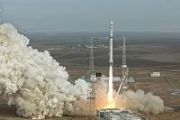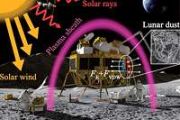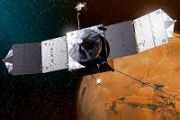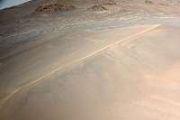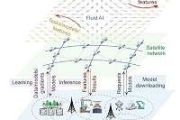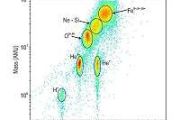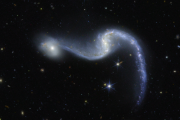
Copernical Team
ESA's Kiruna celebrates 30 years of space excellence
 Video:
00:13:37
Video:
00:13:37
September 2020 - ESA's Kiruna ground station in northern Sweden celebrates 30 years of space excellence. Near the top of the world, at a latitude of almost 68° north and sited 38 kilometres east of Kiruna town, the Kiruna ground station has been operational for 30 years. Ideally positioned to support polar-orbiting missions, the station is a crucial gateway for much of the data enabling us to study our planet's oceans, water and atmosphere, forecast weather and understand the rapid advance of climate change. With its two sophisticated antennas, it also supports some of ESA’s scientific missions
Huge satellite shipping container arrives in Cannes
 Image:
Huge satellite shipping container arrives in Cannes
Image:
Huge satellite shipping container arrives in Cannes The ESAIL maritime satellite
 Image:
The ESAIL maritime satellite
Image:
The ESAIL maritime satellite A sample is transferred for COVID-19 testing inside the mobile bio-lab in Piedmont
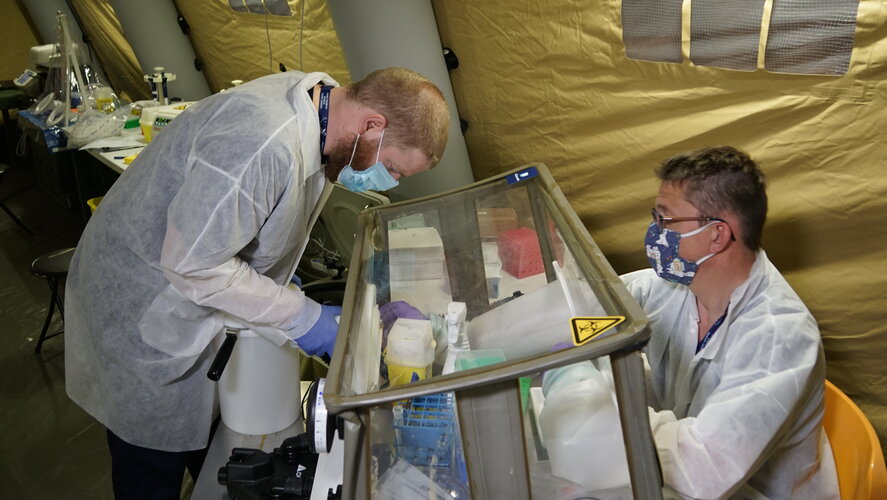 Image:
A sample is transferred for COVID-19 testing inside the mobile bio-lab in Piedmont
Image:
A sample is transferred for COVID-19 testing inside the mobile bio-lab in Piedmont First Eurostar Neo satellite's service module
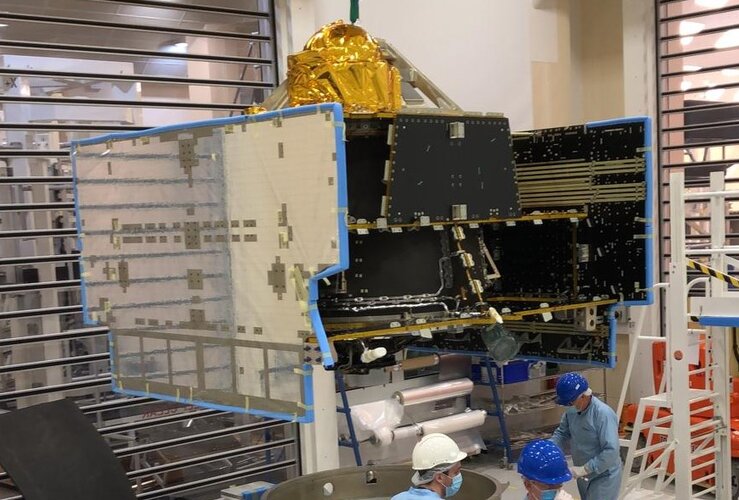 Image:
First Eurostar Neo satellite's service module
Image:
First Eurostar Neo satellite's service module Four astronauts fly SpaceX back home, end 5-month mission
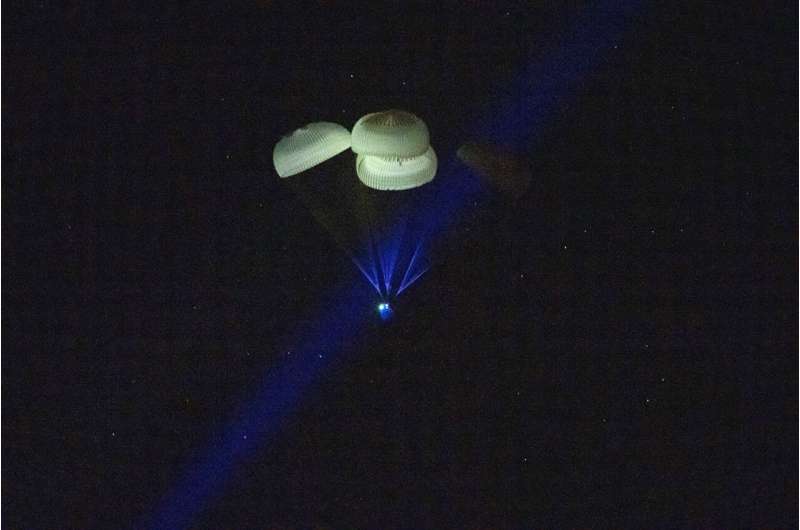
Lunar telescope will search for ancient radio waves
 Scientists at the U.S. Department of Energy's (DOE) Brookhaven National Laboratory are leading a new effort to land a radio telescope on the moon. If successful, the project will mark the first step towards exploring the Dark Ages of the universe.
The Dark Ages are an early era of cosmological history starting about 380,000 years after the Big Bang. There were no stars or planets in the Da
Scientists at the U.S. Department of Energy's (DOE) Brookhaven National Laboratory are leading a new effort to land a radio telescope on the moon. If successful, the project will mark the first step towards exploring the Dark Ages of the universe.
The Dark Ages are an early era of cosmological history starting about 380,000 years after the Big Bang. There were no stars or planets in the Da First images released from Webb largest general observer program
 The first images from the largest program in the James Webb Space Telescope's first year show many types of galaxies, including dazzling examples of spiral galaxies, gravitational lensing, and evidence of galaxy mergers. Scientists from the COSMOS-Web program released mosaic images taken in early January by JWST's Near-Infrared Camera (NIRCam) and Mid-Infrared Instrument (MIRI).
COSMOS-Web
The first images from the largest program in the James Webb Space Telescope's first year show many types of galaxies, including dazzling examples of spiral galaxies, gravitational lensing, and evidence of galaxy mergers. Scientists from the COSMOS-Web program released mosaic images taken in early January by JWST's Near-Infrared Camera (NIRCam) and Mid-Infrared Instrument (MIRI).
COSMOS-Web Neutron star reveals black hole-like behavior
 X-ray binaries are systems formed by a compact object, a neutron star or a black hole, and a star of a similar size to the Sun. The compact object swallows matter from the companion star through a disk that emits large amounts of light, especially in X-rays. This process in which the compact object attracts matter, known as accretion, usually occurs in violent eruptions during which the system b
X-ray binaries are systems formed by a compact object, a neutron star or a black hole, and a star of a similar size to the Sun. The compact object swallows matter from the companion star through a disk that emits large amounts of light, especially in X-rays. This process in which the compact object attracts matter, known as accretion, usually occurs in violent eruptions during which the system b ATLAS triples in size following integration with Viasat Real-Time Earth
 ATLAS Space Operations, the leading Ground Software as a Service (GSaaS) provider, has announced a new partnership with Viasat Real-Time Earth (RTE). The partnership between ATLAS and Viasat RTE makes 10 new antennas within the Viasat network immediately available to ATLAS clients, with two additional antennas available by the end of the year.
For ATLAS, the partnership with Viasat represe
ATLAS Space Operations, the leading Ground Software as a Service (GSaaS) provider, has announced a new partnership with Viasat Real-Time Earth (RTE). The partnership between ATLAS and Viasat RTE makes 10 new antennas within the Viasat network immediately available to ATLAS clients, with two additional antennas available by the end of the year.
For ATLAS, the partnership with Viasat represe 




